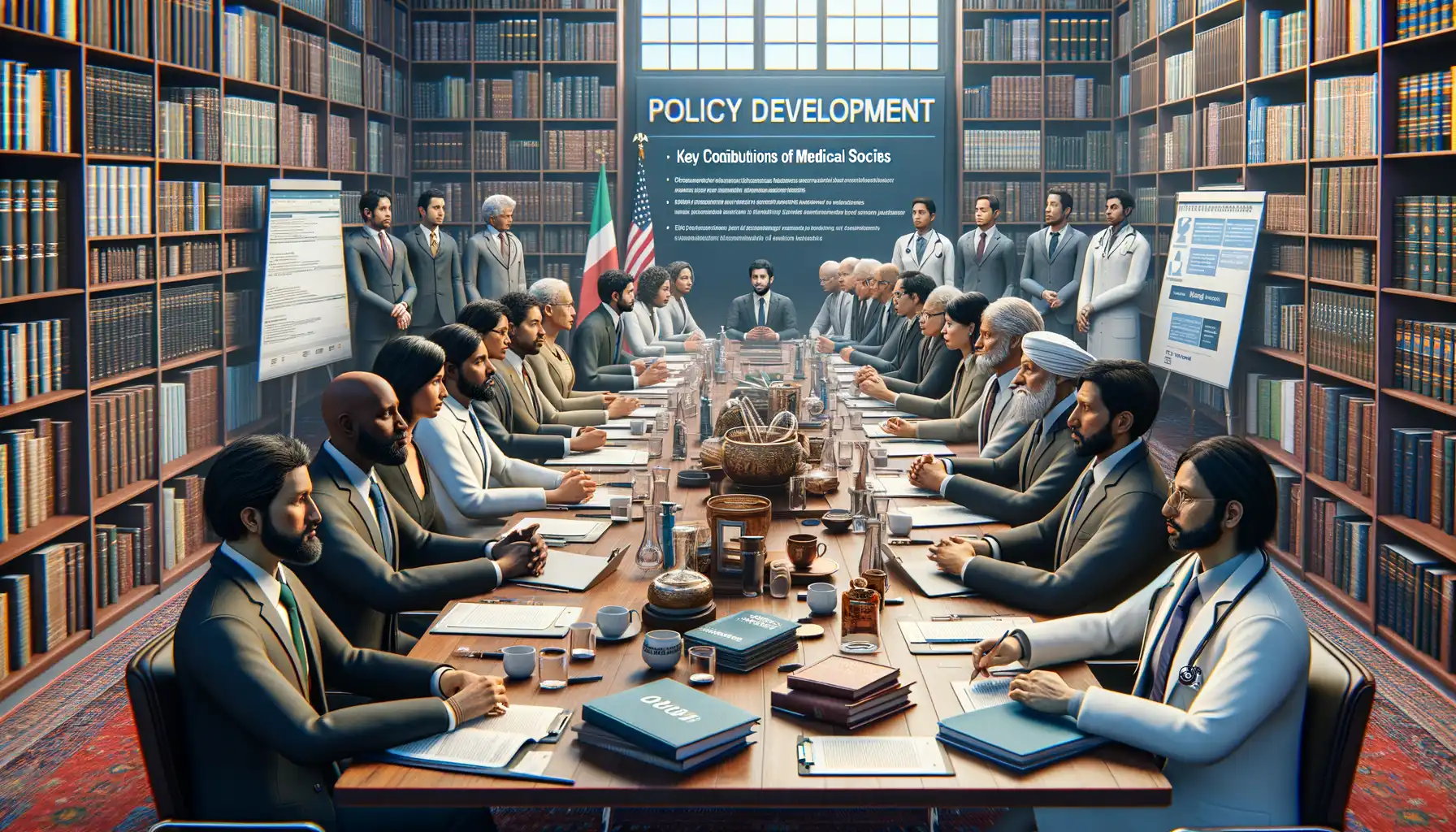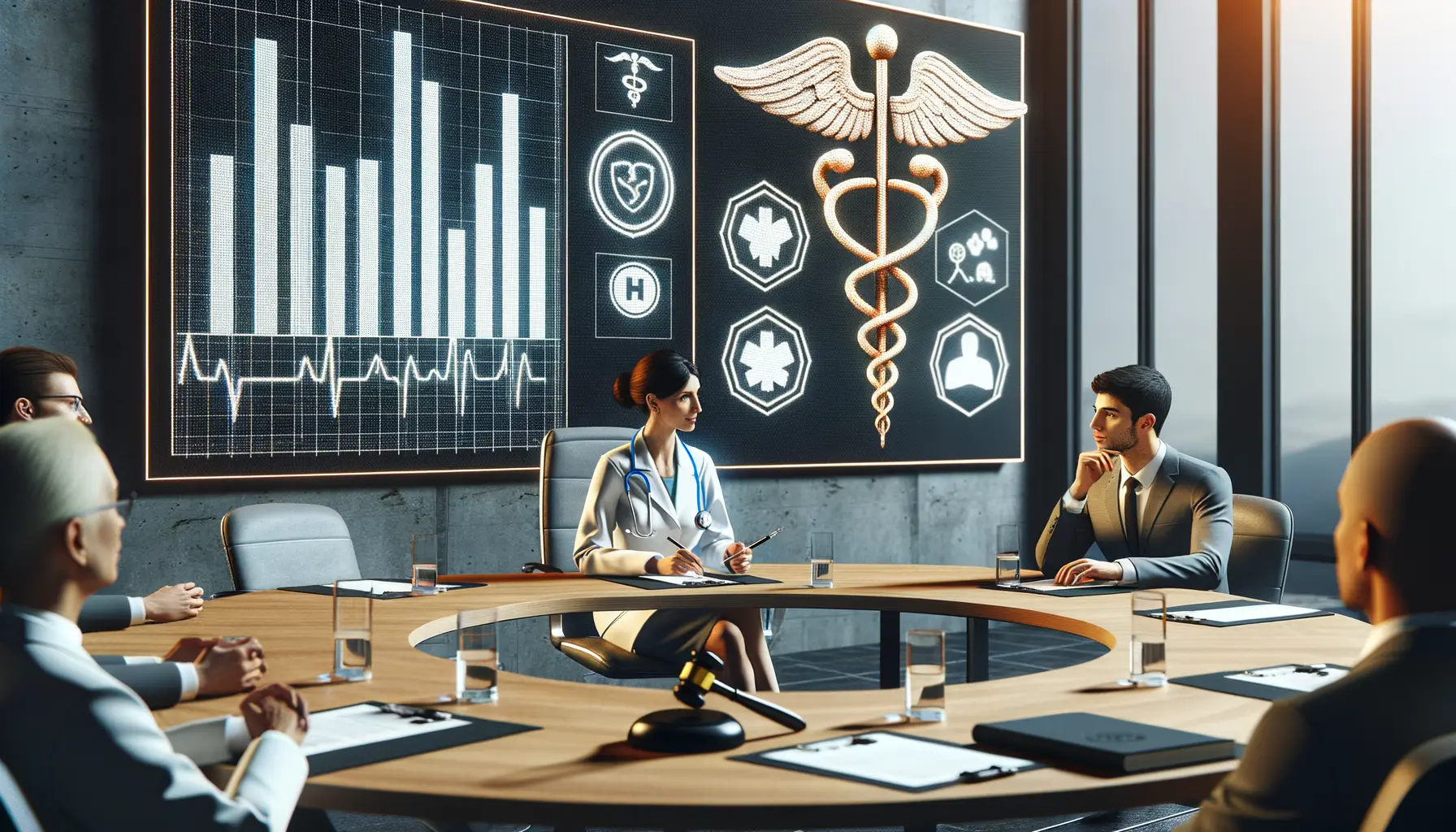Introduction to Medical Societies and Their Influence on Healthcare Policy
Imagine a world where healthcare policies felt like distant, impersonal rules carved into stone tablets. Now picture the opposite: a system where decisions are shaped thoughtfully and collaboratively by those who live and breathe medicine every single day. Enter medical societies. These organizations aren’t just clusters of doctors and specialists swapping knowledge—they’re dynamic, passionate forces that amplify the voice of healthcare professionals in policy-making.
What Exactly Do Medical Societies Bring to the Table?
Medical societies are like the architects of modern healthcare policy. They foster collaboration, drawing together the brightest minds from various specialties to brainstorm solutions to urgent public health challenges. Think about it: when the pandemic struck, it was these societies that provided critical guidance on treatment protocols and vaccine implementation. Their expertise is trusted because it’s grounded in evidence and real-world experience.
But their influence doesn’t stop there. Check out how they shape policy:
- Advocacy: Lobbying for patients’ rights, fair physician reimbursements, and increased research funding.
- Standards of Care: Setting benchmarks for ethical practices and safety.
Their goal? Bridging the gap between science and society. It’s like building a bridge sturdy enough to carry millions safely across turbulent waters.
A Catalyst for Change
When was the last time you saw real change in healthcare without a push? Behind many of those pivotal moments stands a medical society. Consider their role in combating tobacco use or advocating for public access to affordable medications. These are not just organizations; they are change-makers, deeply rooted in a mission to create a healthier, more equitable future for all.
Key Contributions of Medical Societies in Policy Development

Elevating Voices: Advocacy That Matters
Medical societies are more than just professional organizations—they’re the heartbeat of healthcare policy transformation. Through advocacy, they amplify the voices of healthcare professionals and patients alike, ensuring policies reflect the real needs of those who live and breathe the system every day.
Think about it: who better to advise on pressing health concerns than the specialists who dedicate their lives to battling them? Whether it’s spearheading campaigns for stronger mental health support systems or championing improved patient safety protocols, medical societies are on the frontlines of change.
Here’s how they roll up their sleeves and get to work:
- Drafting evidence-backed policy recommendations: They compile cutting-edge research with feedback from members to propose actionable solutions lawmakers can’t ignore.
- Educating policymakers: Imagine a cardiologist explaining the ripple effect of heart disease statistics—remarkable, right? Medical societies bridge this gap with clarity and expertise.
Case in point? The American Academy of Pediatrics advocating for childhood immunization coverage. These moments of bold leadership demonstrate how vital their contributions are, transforming complex medical realities into tangible, life-saving policy measures.
Shaping the Future, One Policy at a Time
These societies don’t just sit passively in the background; they dig deep, addressing systemic challenges that others might shy away from. It’s not just about putting pen to paper—there’s strategy, passion, and relentless persistence involved.
Take the example of pushing for equitable access to telehealth during the pandemic. When policymakers hesitated, influential societies like the American Medical Association rallied data, real-life stories, and expert testimonies to prove its necessity. Such efforts ensured millions could speak to doctors no matter their zip code.
In short, medical societies strike a delicate balance between science and humanity, building bridges between healthcare realities and legislative progress.
Challenges Faced by Medical Societies in Advocacy Efforts

Standing Firm in the Face of Advocacy Challenges
Medical societies often find themselves navigating an uphill battle when fighting for critical healthcare reforms. Their advocacy efforts, while noble, are fraught with challenges that can feel as daunting as scaling a mountain in a storm.
One of the biggest hurdles? Limited resources. While their goals are ambitious—like securing funding for underserved communities or pushing for reforms in medical education—they’re often working with budgets stretched thinner than a residency schedule. Advocacy campaigns require research, communication strategies, and time, but not every society has the luxury of deep pockets.
Another obstacle is the delicate balancing act of representing diverse member interests. Imagine trying to satisfy a room where surgeons, pediatricians, and general practitioners all have different priorities. The broader the membership, the trickier it becomes to present a unified front.
These challenges require both courage and creativity to overcome, ensuring that the voices of medical professionals aren’t drowned out in the policy arena.
Collaborations Between Medical Societies and Government Agencies

The Power of Synergy in Healthcare Policy
Picture this: a bustling room where passionate voices from different walks of healthcare come together—leaders of medical societies shaking hands with government officials. This is not just diplomacy; it’s the cornerstone of progress. When medical societies and government agencies collaborate, transformative magic happens.
These partnerships are not just about polite meetings or policy paper exchanges; they’re deeply practical. Imagine a government agency tackling a public health crisis like a sudden outbreak, with data pouring in but no clear path forward. Enter a specialized medical society armed with experts, who offer evidence-based insights and frontline experience. Together, they can revolutionize response strategies in real time.
- Developing national screening programs? Medical societies bring the latest research to shape evidence-backed guidelines.
- Addressing physician shortages? Government agencies look to societies for workforce training solutions.
Real Change, Ground-Up Action
Here’s the unique twist: these partnerships often mean taking conversations out of boardrooms and into communities. Take campaigns like the fight against the opioid crisis. A medical society might pilot local education for prescribing physicians, while a federal health body ensures nationwide funding and policy support. The result? Tangible changes, from rural towns to major metros.
Every handshake, every joint project carries the promise of better care, stronger systems, and lives saved. Isn’t that the kind of synergy you’d want shaping your healthcare future?
Future Directions for Medical Societies in Shaping Policy

Embracing Innovation and Leading Change
The future is calling, and medical societies are perfectly positioned to answer in ways that ripple beyond the walls of healthcare. Think of them as navigators steering through a stormy sea of policy challenges. To set sail toward impactful changes, they must embrace bold, forward-thinking strategies. One key path? Amplifying their voice in emerging areas like digital health innovation, genomic medicine, and mental health equity. These aren’t just buzzwords—they’re lifelines for millions.
To move with agility, societies could establish task forces that actively monitor evolving health tech policies or collaborate with patient advocacy groups to shape laws that touch real lives. Why not tap into artificial intelligence to predict public health trends too? Imagine policies designed proactively—not reactively.
- Strengthen grassroots engagement: Build networks with local providers who see healthcare gaps firsthand.
- Champion diversity: Policies shaped without diverse voices are like puzzles missing pieces.
The bottom line? Medical societies have the power to craft policies as resilient and innovative as the science behind modern medicine itself. Let’s rewrite what’s possible—not tomorrow, but today.
